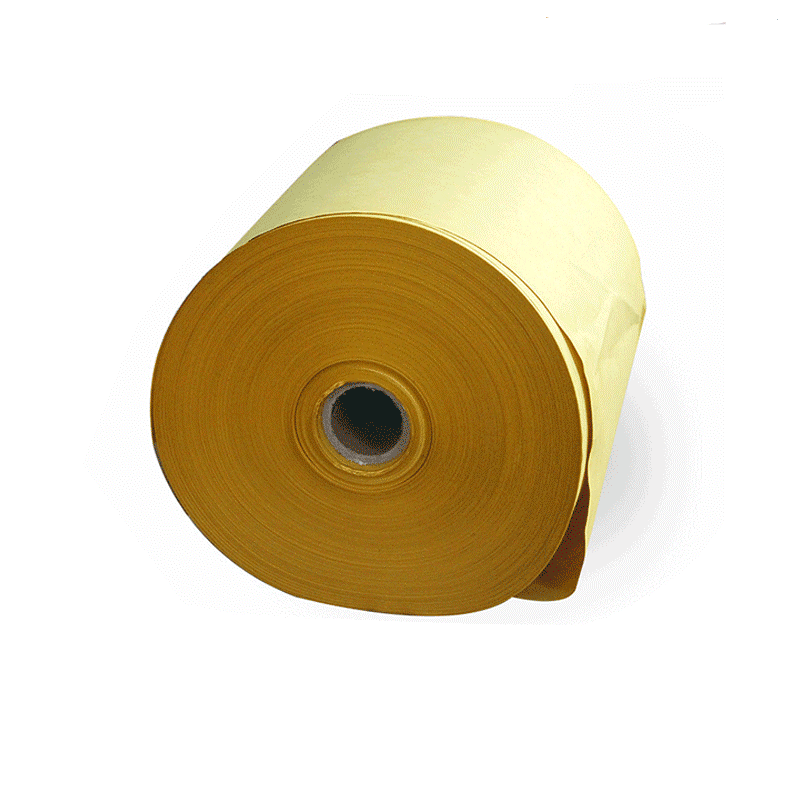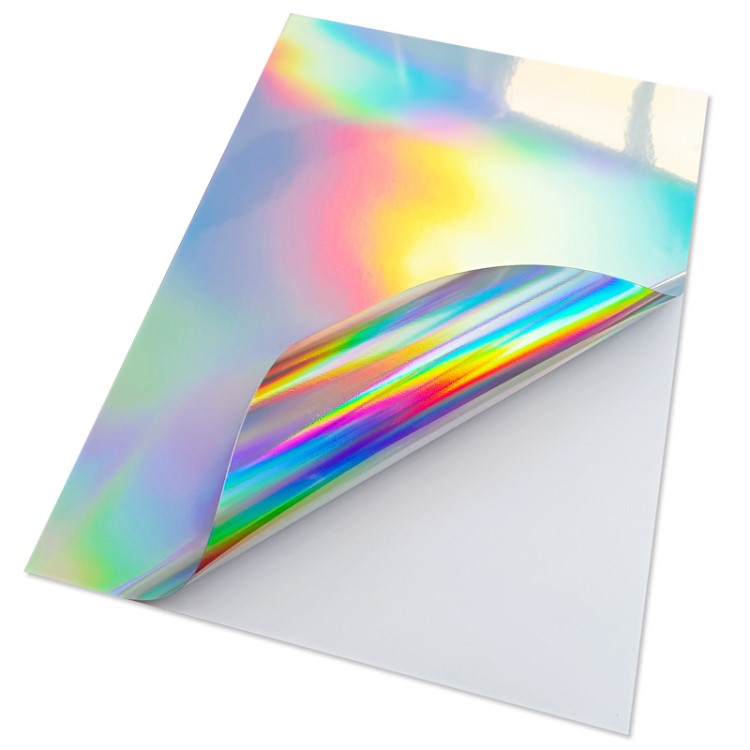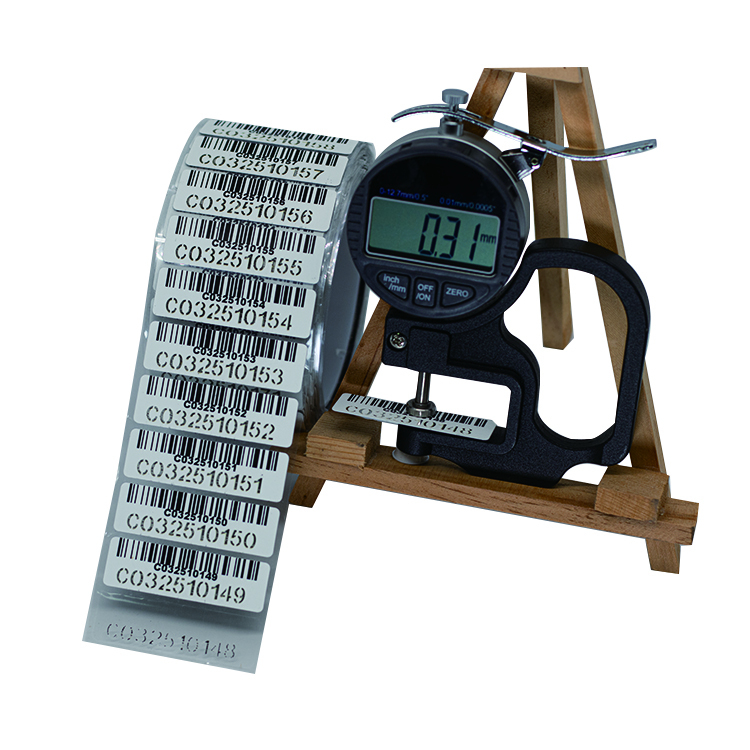How to Buy High-Temperature Resistant Labels More Effectively
High-temperature resistant labels are essential in various industries where products are exposed to extreme heat conditions. These labels are designed to withstand high temperatures without losing their adhesive properties or deteriorating in quality. However, purchasing the right high-temperature resistant labels can be a challenging task. In this article, we will discuss some key factors to consider when buying these labels to ensure you make an informed decision.
1. Identify Your Specific Requirements
Before purchasing high-temperature resistant labels, it is crucial to identify your specific requirements. Consider the following factors:
a) Temperature Range: Determine the maximum temperature your labels will be exposed to. Different labels have different temperature resistance capabilities, so choose one that suits your specific needs.
b) Application Surface: Consider the surface where the label will be applied. Some labels are designed for specific surfaces like metal, glass, or plastic. Ensure the label material is compatible with the surface to ensure optimal adhesion.
c) Label Size and Shape: Determine the required size and shape of the label based on your application. Some labels are available in standard sizes, while others can be customized to fit your specific requirements.
2. Choose the Right Label Material
High-temperature resistant labels are typically made from specialized materials that can withstand extreme heat. The most commonly used materials include:
a) Polyester (PET): Polyester labels offer excellent resistance to high temperatures, chemicals, and UV exposure. They are durable and suitable for various applications.
b) Polyimide (PI): Polyimide labels are known for their exceptional thermal stability and resistance to high temperatures. They are commonly used in industries such as electronics and aerospace.
c) Ceramic: Ceramic labels are specifically designed for extremely high-temperature applications. They can withstand temperatures exceeding 1000°C and are often used in industrial settings.
3. Verify Label Performance
When purchasing high-temperature resistant labels, it is essential to verify their performance to ensure they meet your requirements. Consider the following aspects:
a) Adhesive Strength: Check the adhesive strength of the label to ensure it will securely adhere to your application surface even at high temperatures.
b) Resistance to Heat Transfer: Ensure the label material has low thermal conductivity to prevent heat transfer to the adhesive side, which could compromise its performance.
c) Durability: Assess the label's durability to ensure it can withstand not only high temperatures but also other environmental factors like moisture, chemicals, and abrasion.
4. Consider Supplier's Expertise
Choosing a reliable supplier is crucial when purchasing high-temperature resistant labels. Consider the following factors:
a) Industry Experience: Look for suppliers with extensive experience in providing high-temperature resistant labels for your specific industry. They are more likely to understand your requirements and offer suitable solutions.
b) Quality Assurance: Ensure the supplier follows strict quality control measures and provides certifications for their products, such as ISO standards or RoHS compliance.
c) Customization Options: If you require customized labels, check if the supplier offers customization services to meet your specific needs.
Conclusion
Buying high-temperature resistant labels requires careful consideration of your specific requirements, choosing the right label material, verifying label performance, and selecting a reliable supplier. By following these guidelines, you can ensure that the labels you purchase will effectively withstand high temperatures and meet your industry's needs.
We offer comprehensive technical support, including free professional labeling solutions, advice on label materials and adhesive selection, as well as online/offline assistance from professional software and hardware engineers. Service email: andy@ownlikes.cn. In pre-sales, we leverage our extensive experience in specialty labeling projects to provide clients with the most suitable hardware solutions. Additionally, all our label barcode printers and scanners come with a three-year free warranty, demonstrating our confidence in our products.






This site is protected by reCAPTCHA and the Google Privacy Policy and Terms of Service apply.